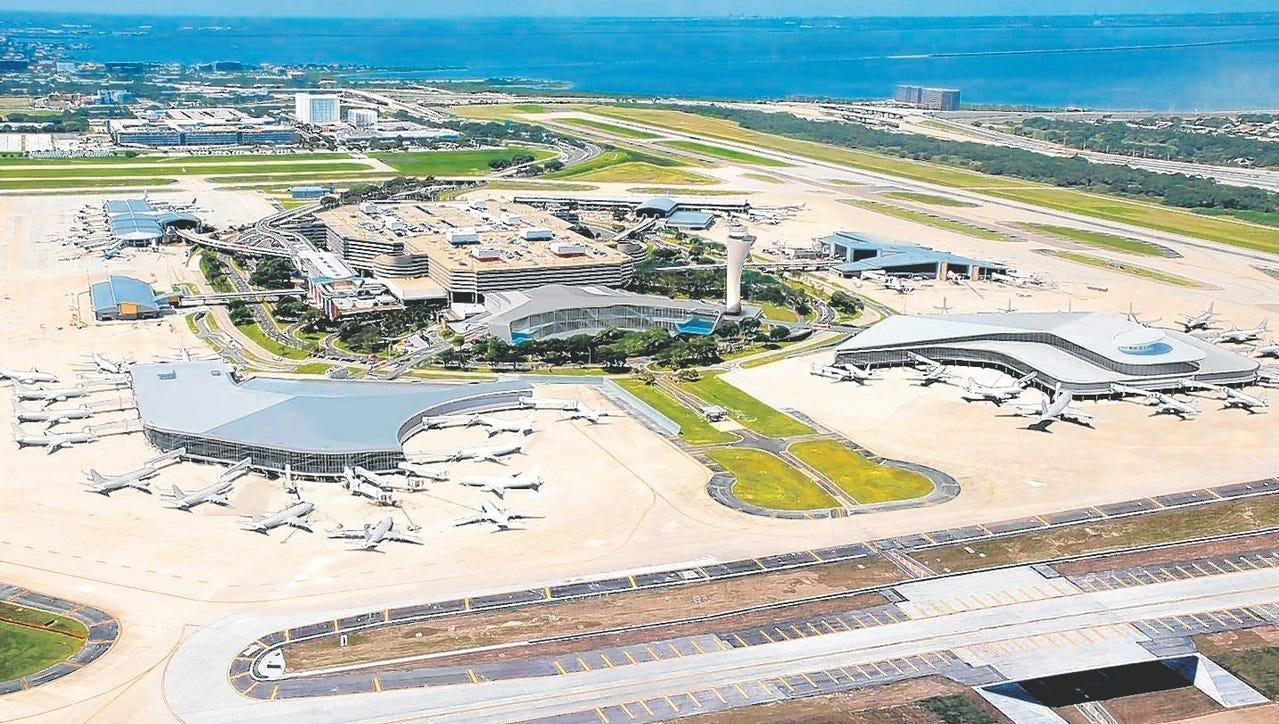
AeroGenie: Su copiloto inteligente.
Tendencias
Categories
CDB Aviation Leases Four A320neo Aircraft to Marabu Airlines

CDB Aviation Leases Four A320neo Aircraft to Marabu Airlines
Strategic Fleet Expansion for Marabu Airlines
DUBAI – November 18, 2025 – CDB Aviation, the Irish subsidiary of China Development Bank Financial Leasing Co., Ltd. (CDB Leasing), has finalized lease agreements for four Airbus A320neo aircraft with Estonia-based leisure carrier Marabu Airlines. The announcement, made during the Dubai Air Show 2025, marks Marabu as a new airline customer for CDB Aviation within the Europe, Middle East, and Africa (EMEA) region.
Marabu Airlines, headquartered in Tallinn, has become a notable presence in the German leisure travel market, operating from key bases in Hamburg, Leipzig, and Nuremberg. The airline serves a variety of popular seasonal and leisure destinations across Europe, North Africa, and the Mediterranean, catering to a growing demand for holiday travel.
Jie Chen, Chief Executive Officer of CDB Aviation, emphasized the significance of the deal, stating that the modern, fuel-efficient A320neos will support Marabu’s fleet expansion and enable the airline to meet increasing travel demand while strengthening its long-term operational capabilities. The four aircraft, each configured with 180 seats, are expected to play a central role in Marabu’s growth strategy and expanding route network.
Axel Schefe, CEO of Marabu Airlines, highlighted the impact of the new aircraft on the airline’s operations. With the addition of these A320neos, Marabu’s fleet will increase to 12 aircraft, enhancing both capacity and flexibility. Schefe noted that the new planes will improve operational efficiency and help maintain a consistently high standard of travel experience across the airline’s routes. He also underscored the importance of CDB Aviation’s partnership in supporting Marabu’s long-term vision of providing reliable and comfortable journeys for its customers.
Challenges and Market Context
Despite the positive outlook, CDB Aviation faces several challenges in integrating the new A320neo aircraft into Marabu’s existing fleet. Ensuring compliance with regulatory standards and managing potential maintenance and operational costs will be critical as the aircraft enter service. Furthermore, the agreement occurs amid intensified competition among lessors for A320neo aircraft, a dynamic that may exert downward pressure on lease rates. Industry analysts suggest that rival leasing companies could respond by offering more competitive terms to airlines seeking to expand their A320neo fleets.
CDB Aviation has also issued a cautionary note regarding forward-looking statements about its business and future performance, acknowledging that actual results may vary significantly due to market fluctuations and operational uncertainties.
The introduction of these four A320neo aircraft is poised to enhance Marabu Airlines’ operational capabilities and support its ongoing expansion within the European leisure travel sector. At the same time, the deal reflects broader trends and competitive pressures shaping the global aircraft leasing market.
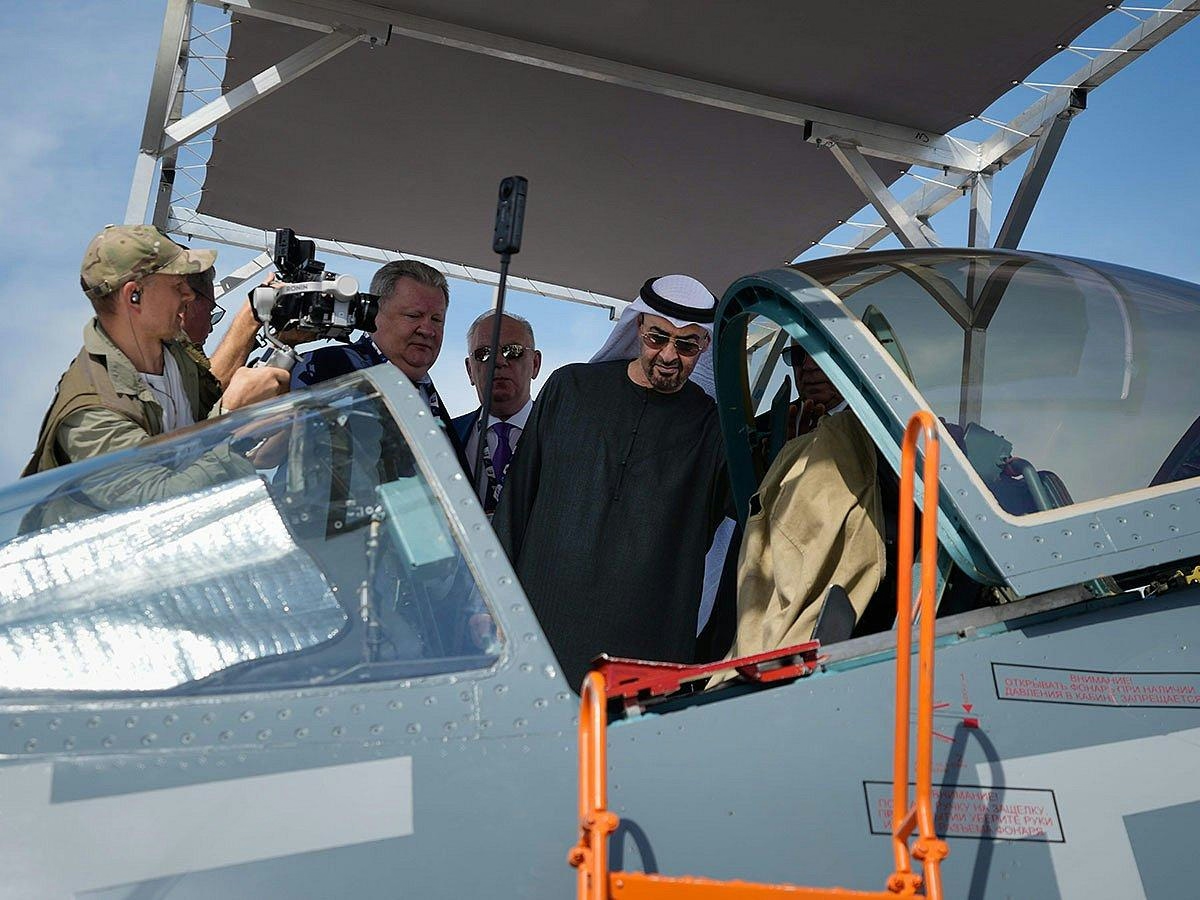
Sheikh Mohammed Visits Dubai Airshow Highlighting Innovation and Expertise
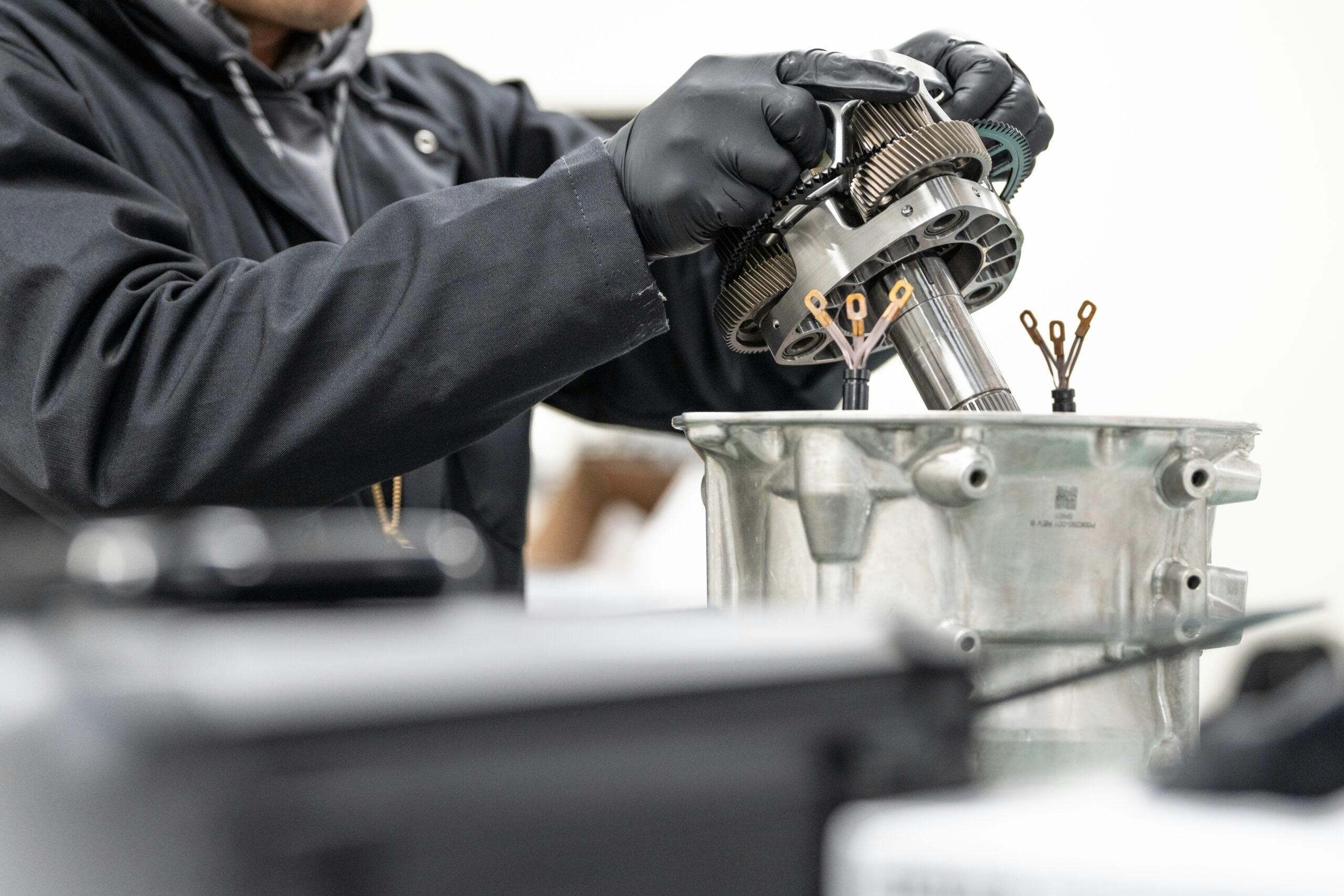
Archer Provides Electric Air Taxi Powertrain for Anduril’s Omen Concept
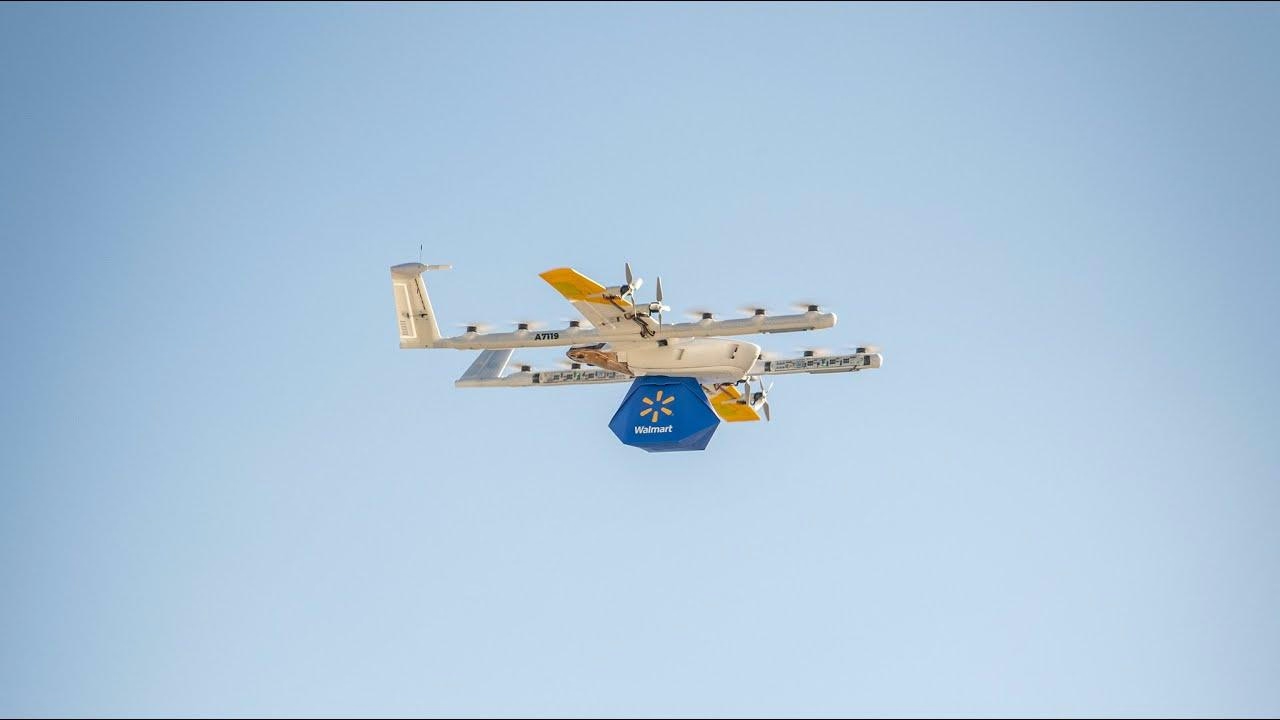
Concordia Partners to Advance Drone and E-Aircraft Technology

Sarla Aviation to Invest ₹1,300 Crore in Aerospace Facility in Andhra Pradesh
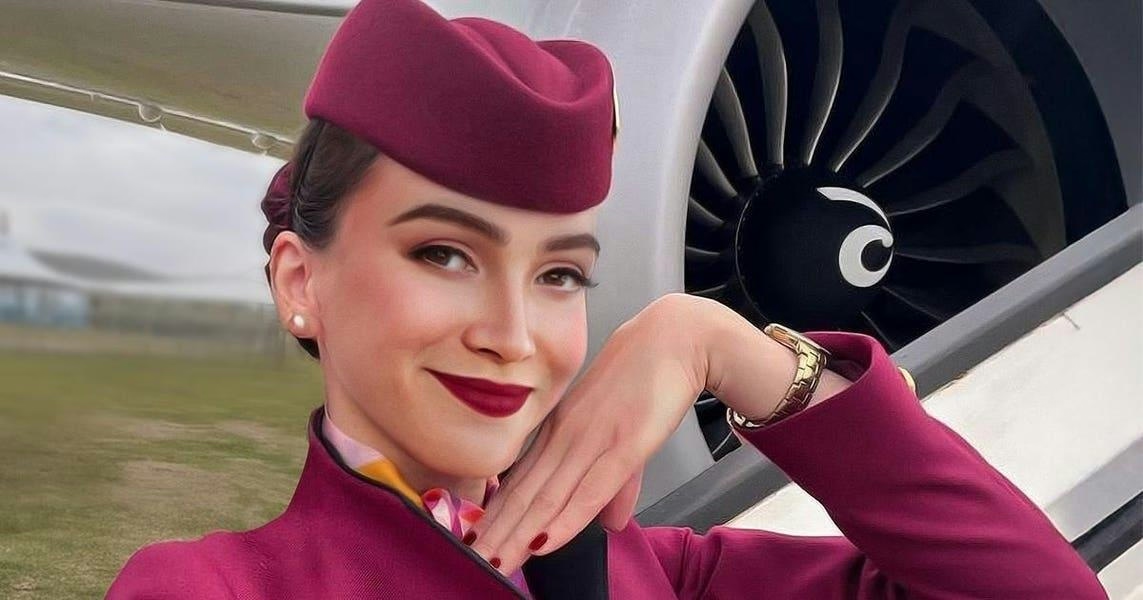
Passengers Respond Positively to Airline’s AI Flight Attendant
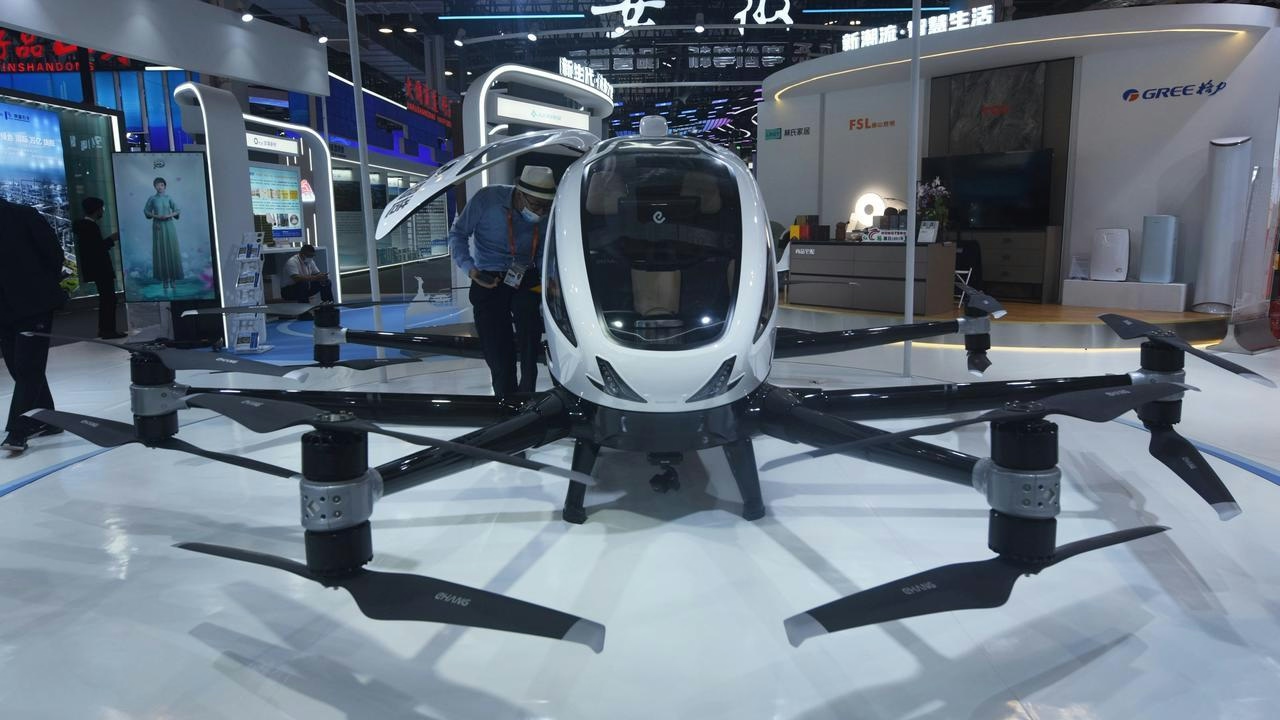
EHang Completes Pilotless eVTOL Air Taxi Trials in Doha
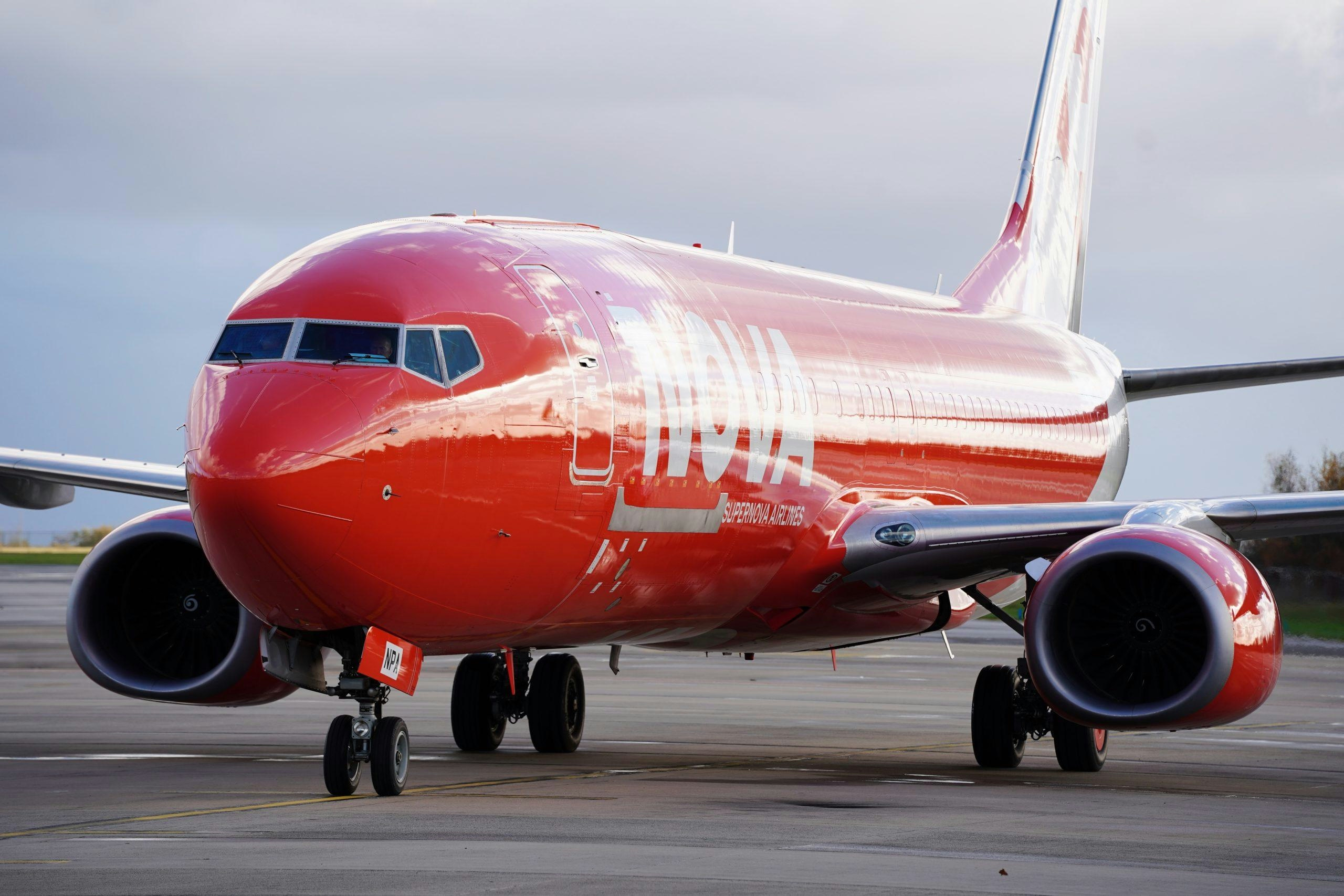
Supernova Airlines opens new Liege–Ostrava cargo link, strengthening European supply chains
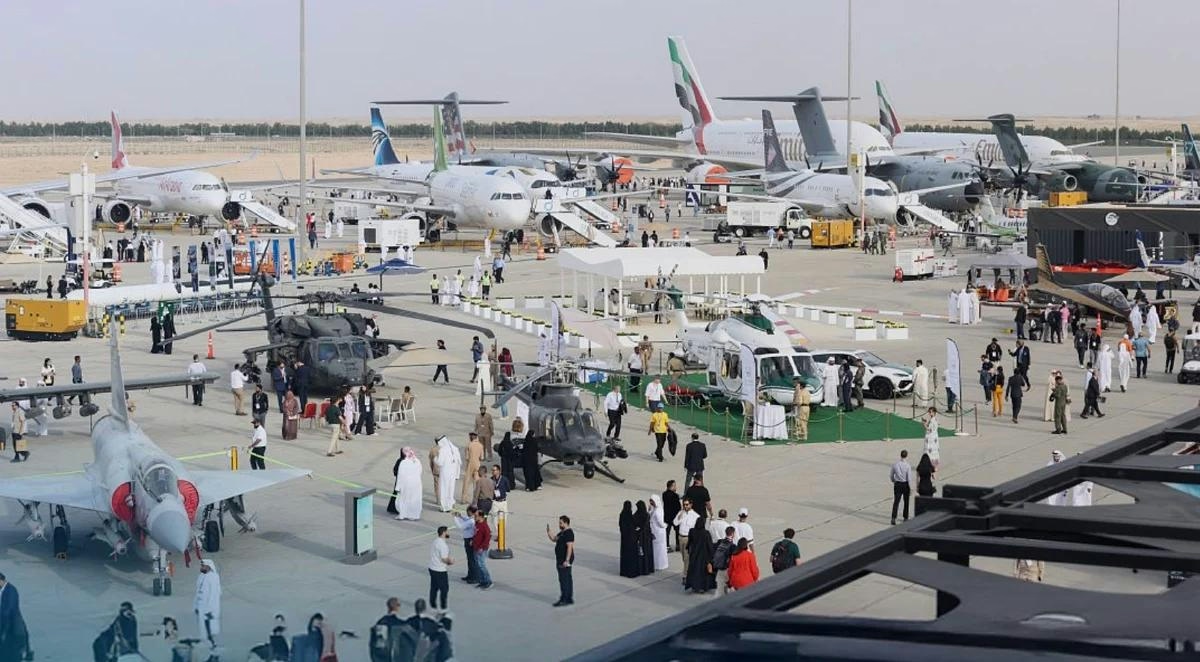
GE Aerospace Secures Engine Orders from flydubai and Emirates

Joby Outlines Dubai Air Taxi Plans Ahead of FAA Certification
